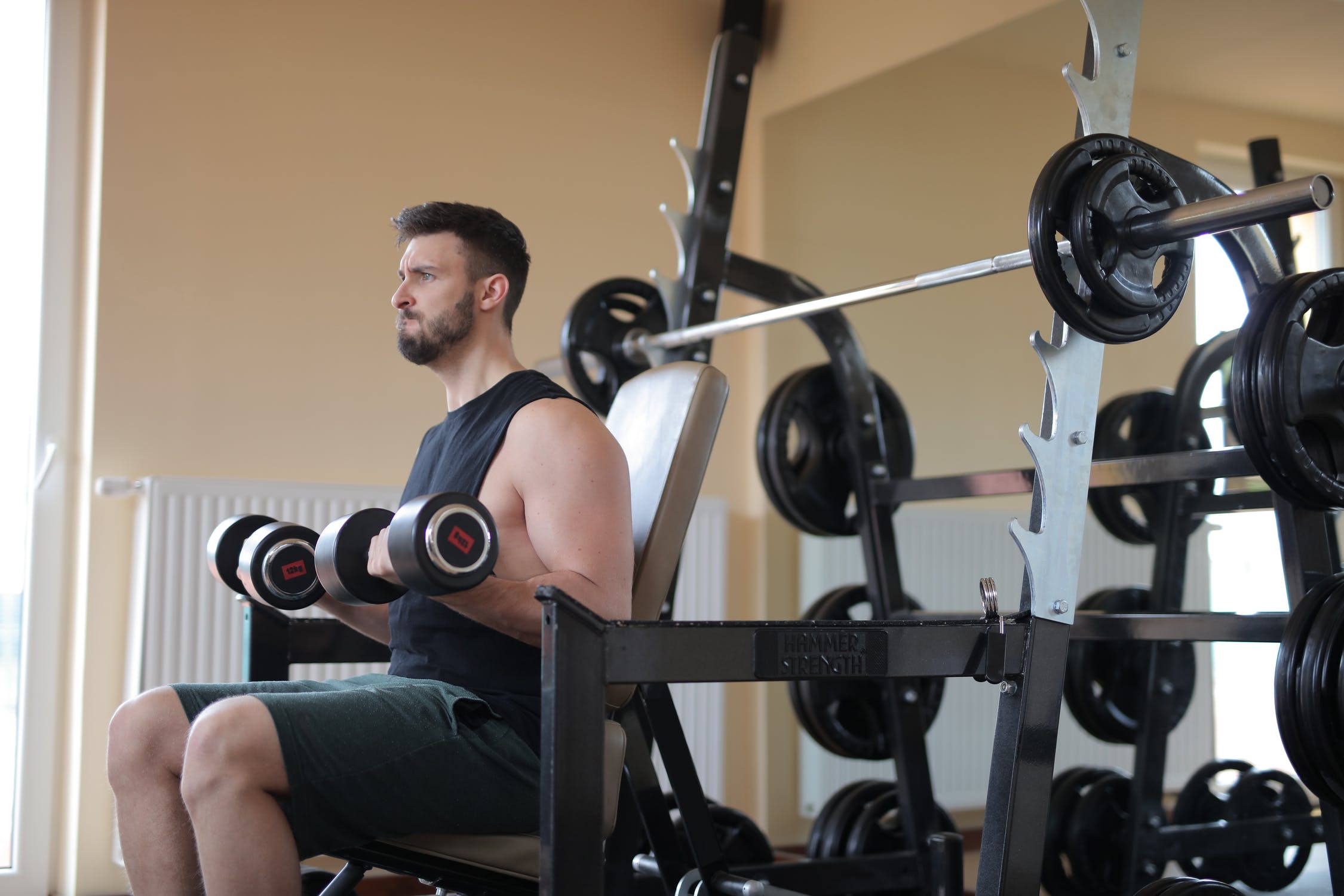Go to the cardio section of virtually any gym, and you’ll see tons of elliptical cross-training machines. Despite their constant presence, though, a lot of exercisers are unaware of or suspicious of their benefits.
Using an elliptical trainer has both benefits and drawbacks. Although they don’t meet everyone’s fitness needs, they do have some significant advantages that make them worth at least considering.
You can get a challenging, calorie-burning workout on a Nordictrack elliptical machine. Here are six key benefits they deliver:
1) Reduced Joint Impact
Running is possibly the ultimate form of cardio exercise. But running also has a fairly well-deserved reputation for exposing your leg joints to potentially-damaging stress.
It should be said that correct running form protects you from most joint problems. Long-term studies have, for example, verified that habitual runners don’t have an increased risk of osteoarthritis when compared to people who don’t engage in high-impact exercise.
What if you, like most of us, have less-than-perfect running form, though? Let’s be honest, most of us aren’t veteran runners! There can be an additional risk for overweight individuals because their body weight increases the amount of force exerted on their joints while running.
An elliptical trainer is an excellent way to get effective cardiovascular exercise while practically eliminating joint risk. Your feet remain in constant contact with the pedals at all times; this minimizes the strain placed on our ankles, knees, hips, and back. An elliptical makes a great substitute for running if you already have joint pain issues and/or you’re looking to lose weight.
2) Effective Calorie Burn With “Less” Effort
Working out on an elliptical trainer is great for weight loss because it usually outperforms treadmills, steppers, and exercise bikes in terms of burning calories. The machine’s advantage over these alternatives is that it makes you use your upper body as well as your legs.
As a basic example, consider that a moderate one-hour elliptical workout burns roughly 365. In the same time, you’d burn only 292 calories on an exercise bike set for 10 mph.
Treadmills offer nearly the same calorie-burning effects as an elliptical cross-trainer. You’ll often feel less fatigued after an elliptical workout, though, because it distributes the effort you put in across more different muscle groups.
Your personal rate of calorie burn will depend on a lot of unique factors, including your age, gender, weight, fitness, and workout intensity. All things being equal, though, an elliptical is one of the most efficient cardio machines for burning calories and losing weight.
3) Greater Versatility
An elliptical machine looks so straightforward that, at first glance, a lot of exercisers think it’s not as versatile as other cardio machines.
This isn’t true! Most good elliptical cross-trainers allow you to make a wealth of different adjustments. Stride length, resistance level, and program types can all be changed. Many models even allow you to set targets for your heart rate while you exercise. (See our in-depth guide for more on how to plan your exercise sessions.) An elliptical machine can be used for bothy steady-state and high-intensity interval training (HIIT).
Note also that you can change your focus muscle groups on an elliptical simply by switching from forward to reverse. The former emphasizes the quadriceps while the latter works the hamstrings and glutes.
4) Full Speed Control
The speed of a treadmill is dictated by the machine, not the user. This isn’t usually a problem if you’re well-rested and quick to react — but you may find yourself in a very different condition by the end of your workout!
On an elliptical machine, in contrast, you are in complete control of your pace at all times. If you stop exerting yourself, the machine stops. If you reduce your pace to rest, the machine follows suit.
With most modern models, you can easily make key adjustments (including resistance and stride length) on the fly.
5) Ideal For Exercising At Home
The elliptical cross-trainers you see at the gym are generally heavy-duty models. They don’t look particularly suited to working out at home. Those aren’t your only equipment options, though!
There are many excellent elliptical machines designed expressly for home use. Many models even fold up to reduce the amount of space they take up when not in use. While commercial machines do tend to be more durable and versatile, a quality home machine should be more than adequate for most users.
Further advantages to making an elliptical your home exercise machine of choice: they are safe for use alone, they provide near-infinite opportunities for increasing your workout intensity, and they allow you to train comfortably even if the weather is too nasty to go outside — or to go to the gym.
6) Full-Body Workouts
We already noted above that elliptical machines engage both the upper and lower body instead of focusing on one or the other. There are very few calorie-burning cardio machines that deliver a combined workout for both halves.
The great thing about a combined workout is that it engages muscle groups all over your body — in your chest and stomach as well as your arms and legs. Here’s a full breakdown of the muscles that get worked on an elliptical cross-trainer:
* Quadriceps: Your quads will provide most of the effort when you drive the flywheel forward
* Calves: An elliptical cross-trainer works both calf muscles
* Glutes: Throwing your walking motion into reverse shifts the emphasis to the glutes (and to a lesser extent, the hamstrings).
* Core: These muscles work to stabilize your body, and you can emphasize them further by releasing the handles.
* Arms: Pushing and pulling the handles uses most of the key muscles in your upper body, including the lats, biceps, triceps, and pecs.



